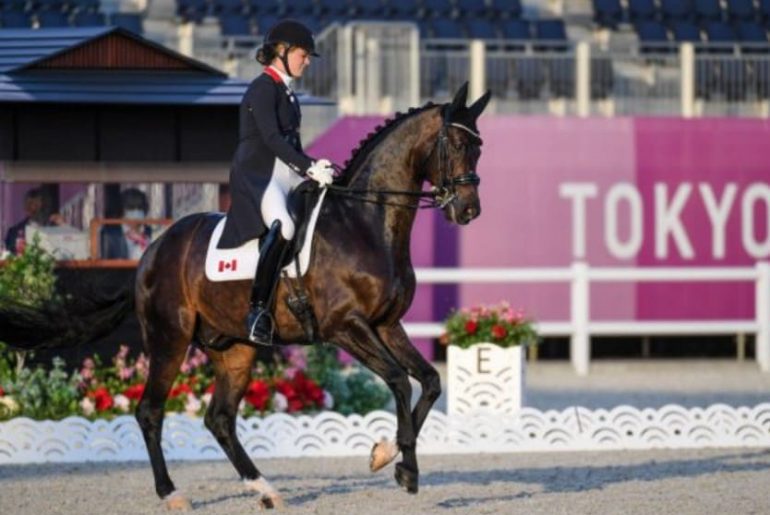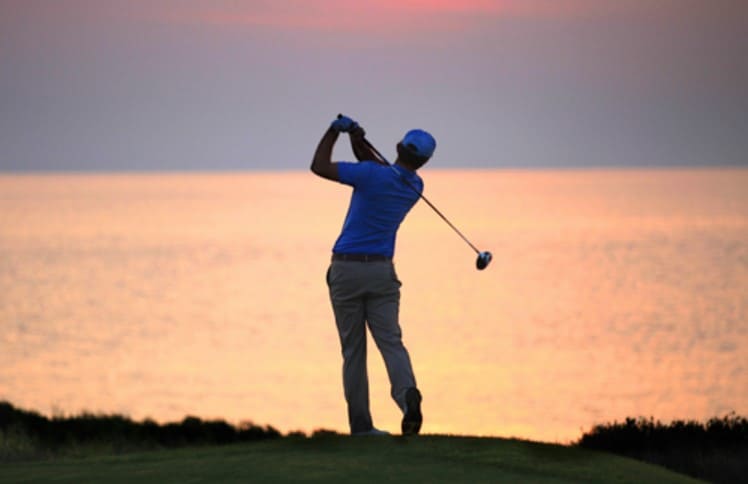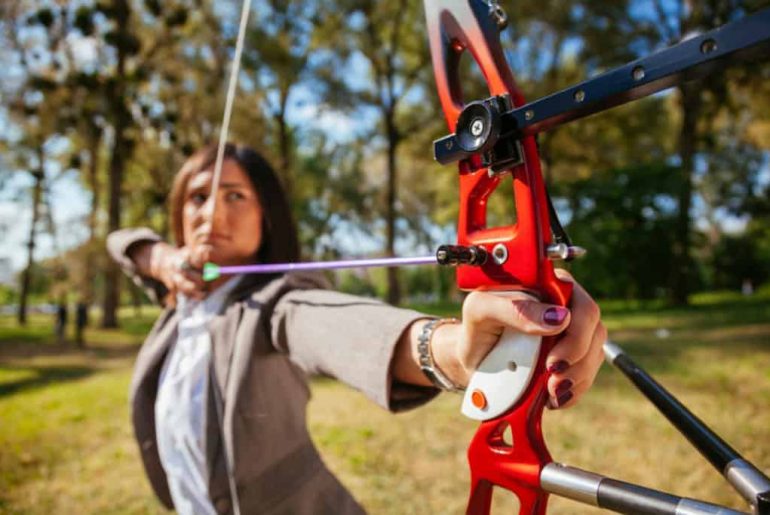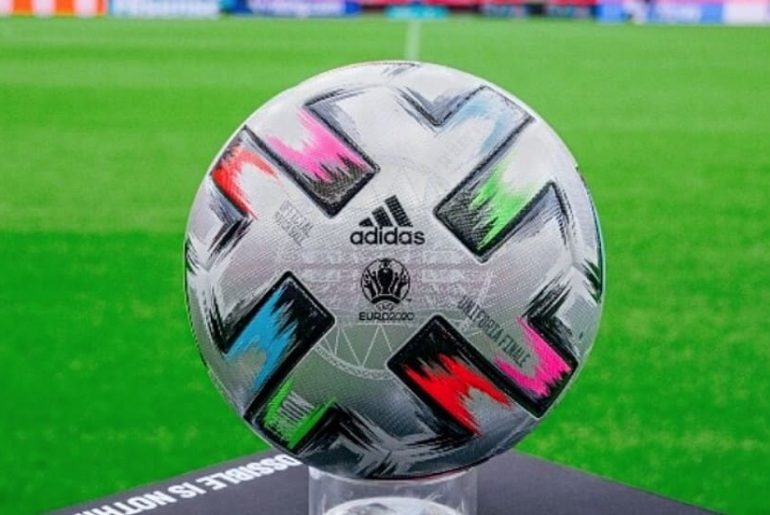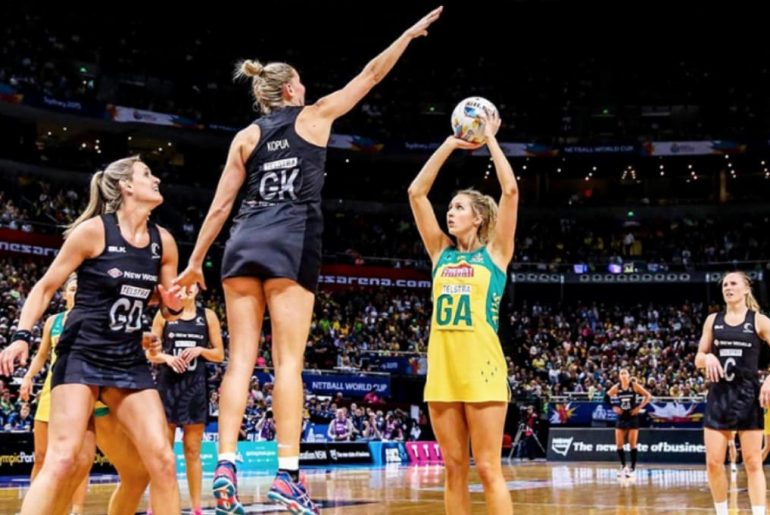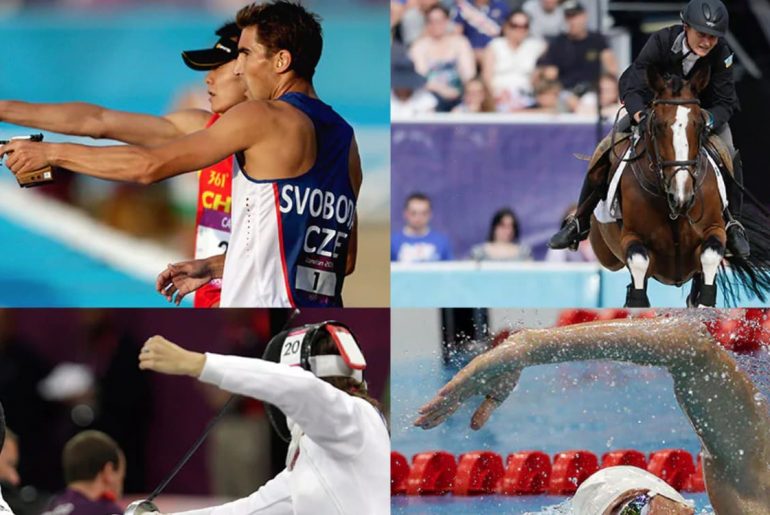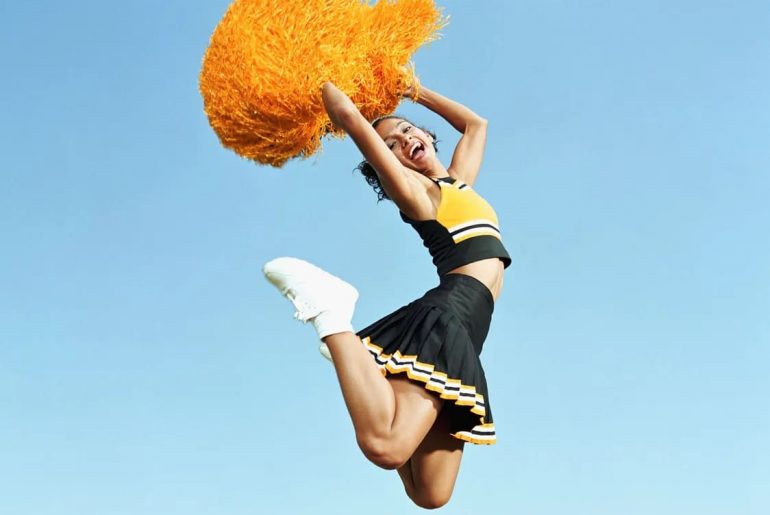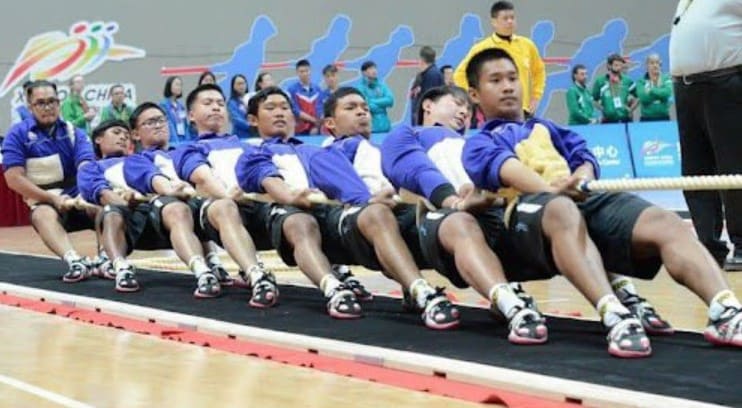How to get Minecraft for Windows 10 for free?
Installing a browser extension or updating Windows. Minecraft: Java Edition owners with a purchase date before October 19, 2018 can get the game for Windows for free.
How to get Minecraft for free on PC?
You can download Minecraft at any time from the CHIP download area and install it on your computer. You can activate the full version for around 30 euros. Before that, however, you can try out the game using the “Play Demo” button.
How to get Minecraft for free?
Download the demo version here and install it on your Apple, Windows or Linux PC.
As an alternative to downloading, you also have the option of starting Minecraft in the browser. …
The Minecraft demo is also available for PS4 and Xbox One.
How to install Minecraft on Windows 10?
From the Microsoft Store home page, click Library in the bottom left. Select the respective game there and then select “Install” or, if already done, “Play” to start the game.
How much money does Minecraft cost?
Minecraft (Download) (PC) from € 29.98 (2022) | Price comparison skinny Germany.
How to download Minecraft full version for free?
Click the download button to go to the Minecraft Free Trial website. Once on the Minecraft website, click the download button. After the download is complete, the installation wizard opens automatically.
How do I get Minecraft on PC?
Go to the Minecraft downloads page on the Minecraft.net website.
Click the green DOWNLOAD button.
Double-click the downloaded installer.
Choose the folder on your computer to install Minecraft.
Click Install to start the installation.
Once the installation is complete, you will get the message “Installation complete”.
Start the Minecraft logo file.
The minecraft launcher needs to be launched and you can play minecraft.
What is the difference between Minecraft Java and Windows 10?
The Java version of Minecraft is more resource intensive than the Windows 10 version. This is more of a Java issue than a Minecraft issue. That’s because the Java version of Minecraft is a full application, while the Windows 10 version is a Minecraft PE or mobile application.
How can I download Minecraft on PC?
Download or update to the latest version of the Java Runtime Environment program. Then download the official Minecraft version from minecraft.net. Click on “Download” at the top left.
Is Minecraft Free Now?
Minecraft is now playable in the browser for free. Mojang releases the Classic version with all the bugs from back then for the tenth anniversary.
Where do you get Minecraft?
Go to Minecraft.net.
Right click “Get Minecraft”.
Create a Mojang account.
Enter Minecraft code or make purchase.
Download and install Minecraft.
Is the Minecraft Launcher free?
You can create it for free on minecraft.net, then play in demo mode – or buy Minecraft in the full version. After creating your account, you can download the launcher (you can download it beforehand, but you can’t log in without an account).
How much does Minecraft cost on Windows 10?
If you would like to play Minecraft on a PC or laptop, you can buy the JAVA Edition for a one-time fee of 23.95 euros. If you use the Linux operating system, you pay a little more for the license. The costs here are 26.95 euros.
Can you play Minecraft Java on Windows 10?
The Java Edition also runs on Windows 10, but the Minecraft Windows 10 Edition offers better performance and is the latest of the Minecraft full version.
Is Minecraft Bedrock free?
If you already own the Java or Bedrock Edition, you can now get the other version for free. Minecraft continues to exist in two versions, namely the original Java-based edition of the game and the new Bedrock edition, which is also available for mobile devices and consoles.
What is the name of the real Minecraft?
The name was changed from Cave Game to Minecraft: Order of the Stone, later simply Minecraft.
Is Badlion free?
You don’t have to pay or give anything for this! You keep your old lifetime ranks (now Badlion Plus) and their features and get Badlion Premium free for a while!
How to play Minecraft on laptop?
Minecraft can be used on a desktop PC with Windows, Mac and Linux (Java Edition). With Microsoft Windows 10, however, the game really revs up.
How much does Minecraft Bedrock Edition cost on PC?
Microsoft is currently offering Minecraft: Bedrock Edition for free.
How to get the Java Edition?
Creating a Microsoft account from the Mojang homepage.
Redeeming the Activation Code.
Download and install Minecraft Java Edition.
In the Minecraft launcher.
Things to know about activation.
Is Minecraft Java Edition free?
The free Minecraft trial is available for Windows 10, Android, PlayStation 4, PlayStation 3 and Vita. The duration of the demo depends on the service used. Scroll down to Minecraft Free Trial: Java Edition.
Is Minecraft really going to be deleted?
As has now been officially confirmed, this is definitely a fake. Microsoft Community Manager Helen Zbihlyj tweeted on Thursday that neither Minecraft nor developer Mojang will be shutting down.
Where do you activate Minecraft?
Use the code on the back of your Minecraft Java and Bedrock Edition card or what you can find on your receipt. You need an active Microsoft account to redeem the code.
Can you still get Minecraft Windows 10 for free?
Sadly not. As of April 20th 2020, this offer was withdrawn. Not that this was a surprise – you could only get the free upgrade if you’d bought the Java edition prior to October 19th 2018, so the writing was definitely already “on the wall”.
How do you get Minecraft for free on Windows?
Step 1: Go to classic.minecraft.net. Step 2: Enter a username. Step 3. Start playing.
Is Minecraft free on PC?
You can play Minecraft for free on your web browser by heading to classic.minecraft.net, with no need to download or install anything.
Is Minecraft free on PC 2022?
Minecraft Classic is available for free for players who just want to spend a little more time building. All players need to do is head to Classic.Minecraft.net on their preferred web browser.
How do I download Minecraft without paying for money?
Go to https://www.minecraft.net/en-us/download/ in a web browser. This is the website where you can download Minecraft and try the demo for free. Click Download.
How can I get Minecraft free?
Visit the official Minecraft site and click the Android icon. You will then be redirected to Google Play.
Click “Install” and wait for the game to upload.
Open the game on your phone and register or sign in to an existing account to start playing.
Is Minecraft free now?
Now, and since 2019, it’s available for anyone to play for free without downloads on the Minecraft Classic website.



